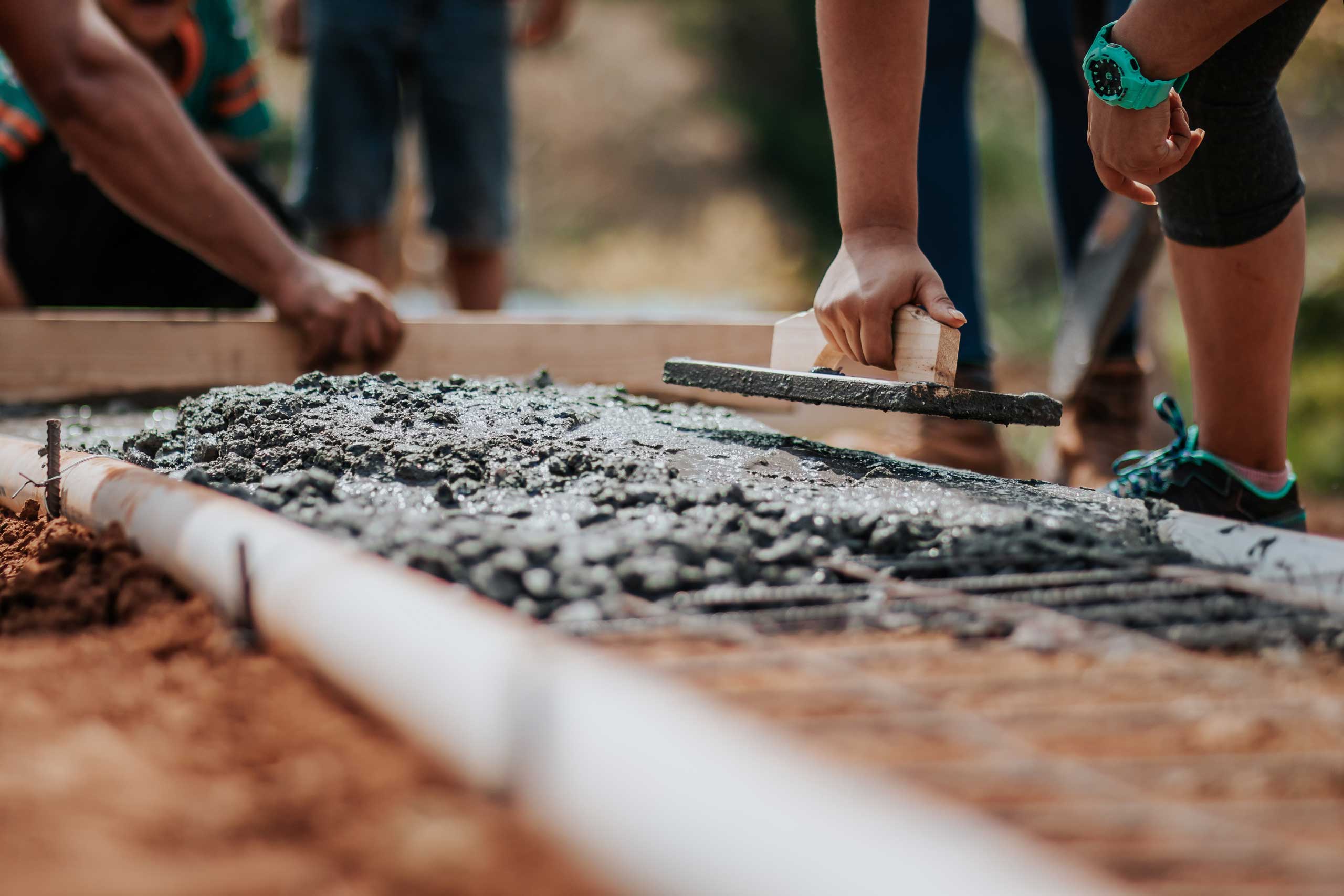When it comes to dream homes, everyone has a different vision in mind. A different vision of the way it looks, the materials used, its size, the number of storeys, the number of rooms, the number of windows etc.
When buying a home, most people look for something as close to their dream as possible, understanding that compromises will need to be made. But what if you don’t want to compromise? What if you have a clear vision and just need a way to achieve it? Starting from scratch during the planning phase might be the option you are looking for! When it comes to building your dream home a construction loan could be your ideal solution.
What Makes a Construction Loan Unique?
As it says in the name, a construction loan is for people who choose to build their own home instead of buying established.
The two things that set construction loans apart from standard home loans are:
- You draw down funds in stages relevant to the stage of construction
- You only pay interest on the current amount of money that has been drawn down
The Nitty-Gritties
As discussed above you won’t get all the money needed to complete the project at once. Instead, you will receive the money from your lender in instalments at key stages of construction. The payments can be referred to as ‘progress drawdowns’ or ‘progress payments.’
Pre-Construction
Before any work begins on your dream home, the amount of money available for lending will be determined based on the estimated value of the house once complete – this amount is usually determined between the lender and a registered valuer. Once the total cost of construction is determined it is then divided into stages, this helps to figure out the ‘payment schedule.’
During Construction
During the construction phase, in most cases, you will only need to pay interest on the amount of money drawn down.
For example, if you require a total loan of $500,000 to complete the build and have currently drawn down $200,000, you will only be charged interest on the $200,000.
After Construction
Once construction is complete and the last progress payment has been made, in most cases, you will switch to making repayments for the full amount of the loan – this usually includes the principal and interest. This is also the point at which your loan term begins.
If you want to know more about financing a home build chat with the experts at Whiteroom Finance. We are happy to help.
The Five Stages of a Construction Loan Payment Plan
Foundations
This is step one of a build and usually involves the laying of the slab and other property foundations, such as levelling the property and beginning basic plumbing connections.
Frame
This stage is focused on the basic structural components of the house such as the timber frame, brickwork, windows, and roof frame.
Lock-up
At this stage, your dream will begin to take shape. This stage involves finalising the external features (doors, windows, roof) so the property can be securely locked.
Fit-out
Now that the project has taken shape and you are beginning to see hints of your dream home, construction now moves to the fit-out stage. This involves connecting the plumbing and electricity and completing the internal and external fixtures and fitting (light switches, lights, gutters etc.)
Completion
At this stage, you are close to your dream home being realised before your eyes! This stage is where the builder finalises the project by applying the finishing touches and cleaning the property ready for handover.
Want to know more about how the payments work at each of these stages? Ask us a question
What Are the Risks Involved With Construction Loans?
As with all borrowing, there can be risks involved, such as;
- Construction loans tend to have higher interest rates.
- There is generally no guarantee the project will be delivered on time
- The project may go over budget
- The final value of the building may be different to the initial assessment
These risks are important to keep in mind, however, rest assured finding the right construction loan can help you prevent these risks.
Documents Needed for Application
A key differing factor in the approval process for a construction loan when compared with a standard home loan is the additional documents you need to provide. You will need to provide:
- Proof of land purchase
- A fixed price building contract with a licensed builder
- Proof of builder’s insurance
- Council plans and permits
- Professional building plans
Have a Chat With Whiteroom Finance
The details of a construction home loan can get a bit tricky, especially if you haven’t applied for one before. Don’t let this stop you from realising the vision of your dream home. Let’s chat and see how we can find a solution that works for you.
